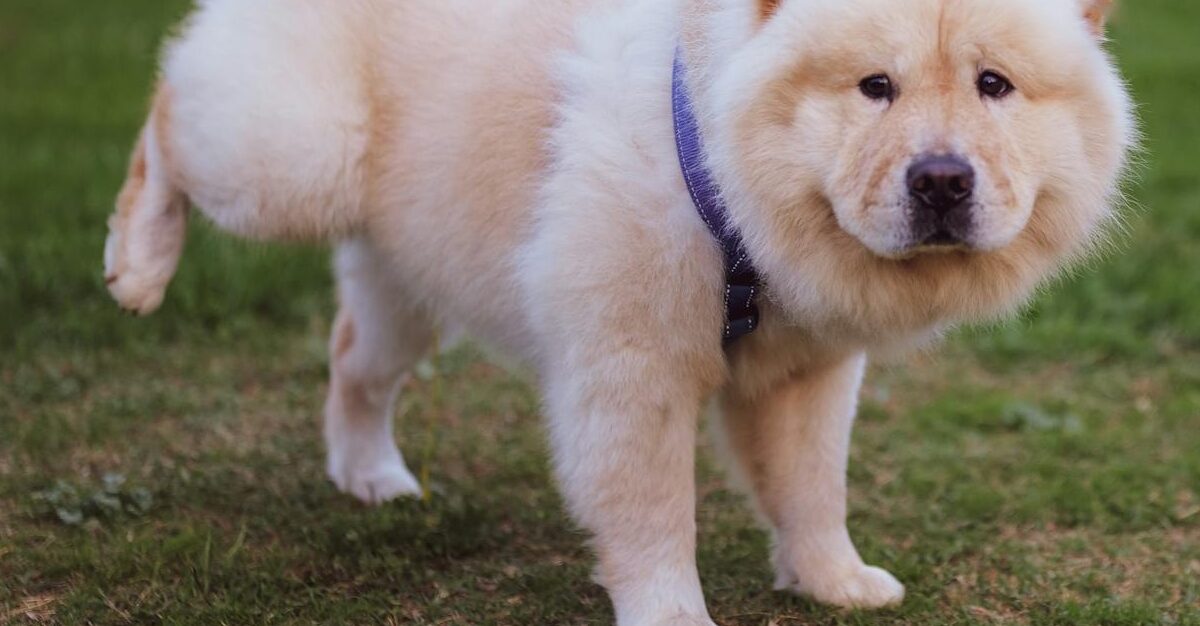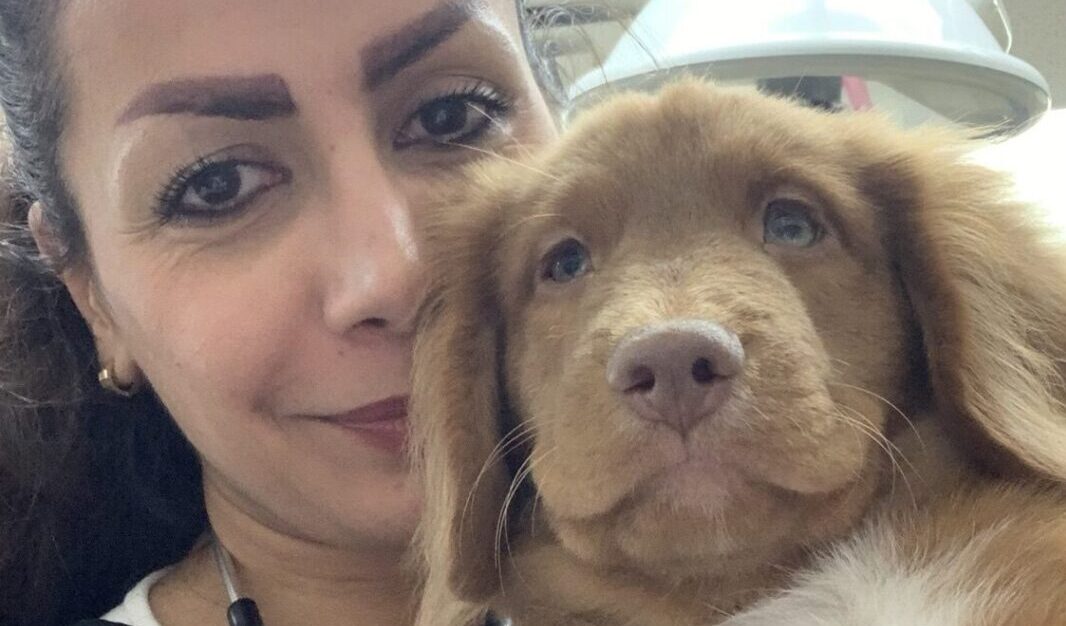When it comes to training your dog, treats are often the go-to reward. But did you know there’s a whole world beyond biscuits and bones? Toys and praise can be just as effective, if not more, in motivating and reinforcing good behavior in your furry friend.
Engaging with Toys
Toys aren’t just for playtime—they’re powerful tools in training too. Imagine your dog’s excitement when a favorite toy becomes a reward for sitting on command or mastering a tricky trick. Toys can range from squeaky plushies to durable chew toys, each offering a unique way to keep your dog engaged and eager to learn.
Interactive toys, like puzzle feeders or treat-dispensing balls, add an extra layer of challenge and mental stimulation. These toys not only reward good behavior but also encourage problem-solving skills. Your dog learns that focusing and performing commands can lead to playtime with their favorite toy, making training sessions more enjoyable for both of you.
The Magic of Praise
While toys provide tangible rewards, praise works wonders as a non-tangible yet incredibly valuable reinforcement. Your dog craves your approval and attention, making verbal praise a powerful tool in shaping their behavior. A simple “good boy!” or “well done!” paired with a pat on the head or a belly rub can communicate to your dog that they’ve done something right.
Praise is versatile and can be used in various training scenarios. Whether you’re teaching basic obedience commands or working on advanced tricks, positive affirmations strengthen the bond between you and your dog. It builds confidence in your pet and encourages them to repeat desirable behaviors, all without a single treat passing their lips.
Integrating Toys and Praise into Training Sessions
Now, let’s talk practical application. Say you’re teaching your dog to fetch. Instead of relying solely on treats, use a favorite ball or frisbee as a reward. Each successful retrieval becomes a game of give-and-take, reinforcing the desired behavior through play.
Similarly, during obedience training, swap out treats intermittently with verbal praise and a quick play session with their beloved tug toy. This variation keeps training sessions dynamic and prevents your dog from becoming too reliant on food rewards alone. It also ensures they respond to your commands eagerly, whether you have a treat in hand or not.
Remember, every dog is different, so experiment with different toys and types of praise to find what resonates most with your furry companion. Some dogs might prefer a game of tug-of-war as their reward, while others light up at the sound of your cheerful voice alone. By mixing up rewards, you keep training sessions fresh and exciting, maintaining your dog’s interest and enthusiasm.
In conclusion, while treats have their place in dog training, don’t underestimate the power of toys and praise. They offer a fun and effective alternative that strengthens the bond between you and your dog while reinforcing positive behaviors. So, grab your dog’s favorite toy, shower them with praise, and watch as they master new tricks with enthusiasm and joy!
Creating a Reward-Based Training Plan
Training your dog doesn’t have to be all about discipline and stern commands. In fact, a reward-based approach can turn learning into a fun and engaging experience for both you and your furry friend. Here’s how to create a training plan that uses rewards effectively to achieve positive results.
Choosing the Right Rewards
First things first: what motivates your dog? Treats are a classic choice, but not every dog is food-driven. Some might prefer a favorite toy or a game of fetch as their reward. Observing what gets your dog excited and tailoring your rewards accordingly sets the stage for successful training sessions.
If your dog is food-oriented, opt for small, tasty treats that they can eat quickly without getting too distracted from the training. For toy lovers, keep their favorite toy handy and use it as a reward for achieving training milestones. The key is to use rewards that your dog finds valuable and enjoyable.
Setting Clear Goals
Before you start any training, outline what you want to achieve. Whether it’s teaching basic commands like sit and stay or tackling more advanced tricks, having clear goals helps you structure your training plan. Break down each goal into smaller, manageable steps that your dog can easily grasp.
For example, if you’re teaching your dog to fetch, start with rewarding them for showing interest in the toy, then for picking it up, and finally for bringing it back to you. Celebrate each small success along the way to keep your dog motivated and engaged.
Consistency is Key
Consistency is the secret sauce in any successful training plan. Dogs thrive on routine and predictability, so establish a consistent schedule for training sessions. Aim for short, frequent sessions rather than long, sporadic ones. This helps maintain your dog’s focus and prevents them from becoming bored or frustrated.
Set aside dedicated time each day for training, ideally when your dog is alert and eager to learn. Consistency also applies to your commands and rewards. Use the same verbal cues and gestures consistently so your dog learns to associate specific actions with specific rewards.
Implementing Positive Reinforcement
Positive reinforcement is at the heart of reward-based training. It involves rewarding your dog for desirable behaviors to increase the likelihood of those behaviors recurring in the future. When your dog performs a command correctly or exhibits a desired behavior, immediately praise them and offer a reward.
Timing is crucial here—reward your dog promptly after they’ve performed the desired behavior to reinforce the connection between the action and the reward. This positive association encourages your dog to repeat the behavior in hopes of receiving another reward.
Remember, positive reinforcement isn’t just about treats or toys. Verbal praise, such as saying “good job!” or “well done!” in an enthusiastic tone, also plays a significant role. Dogs thrive on your approval and attention, making verbal praise a powerful motivator in training.
Adapting to Your Dog’s Needs
Every dog learns at their own pace, so be patient and flexible in your approach. If your dog seems overwhelmed or disinterested, take a step back and adjust your training plan. Simplify commands, reduce distractions, or switch to a more enticing reward to regain their focus.
Likewise, if your dog masters a skill quickly, challenge them with new variations or add complexity to keep their mind engaged. Adaptability ensures that training remains enjoyable and beneficial for both you and your dog.
In conclusion, a reward-based training plan fosters a positive learning environment where your dog eagerly participates and succeeds. By choosing the right rewards, setting clear goals, maintaining consistency, implementing positive reinforcement, and adapting to your dog’s needs, you can create a fun and effective training regimen. With patience, practice, and plenty of rewards, you’ll soon see your dog mastering new skills and behaviors with enthusiasm.
Alternatives to Treat Training
While treats are a popular choice for training, there are plenty of other ways to motivate and reward your dog that don’t involve food. Let’s explore some fun alternatives that can spice up your training sessions and keep your dog engaged and eager to learn.
1. Toys as Rewards
Toys can be just as enticing as treats, if not more so, for many dogs. Instead of reaching for the treat bag, keep your dog motivated with their favorite squeaky toy or a durable chew. Toys offer a dynamic reward that combines play and positive reinforcement, making training sessions interactive and enjoyable.
Imagine teaching your dog to sit or stay, and instead of a treat, they get to play a quick game of tug-of-war with their beloved rope toy. This not only reinforces the desired behavior but also strengthens the bond between you and your dog through play. Plus, toys can be used repeatedly without worrying about overfeeding or dietary concerns.
2. Verbal Praise and Affection
Never underestimate the power of your words and affectionate gestures. Dogs thrive on your attention and approval, so shower them with verbal praise like “good boy!” or “well done!” when they perform a command correctly. Pair your praise with a gentle pat on the head, a belly rub, or even a quick game of fetch to reinforce their good behavior.
For example, when your dog responds promptly to a recall command, express your delight with enthusiastic praise and a round of their favorite game. This positive reinforcement strengthens their association between the action and your positive reaction, encouraging them to repeat the behavior in the future.
3. Life Rewards and Experiences
Training opportunities are everywhere, and sometimes the best rewards are life experiences themselves. Take your dog for a walk in their favorite park as a reward for mastering a new trick or behavior. Let them explore new smells or play with other dogs, turning everyday activities into valuable rewards.
Imagine teaching your dog to heel on a leash. Instead of treats, reward them with a leisurely stroll through a scenic trail or a visit to their favorite dog-friendly café. These experiences not only reinforce training but also enrich your dog’s life, making them eager to engage in future learning opportunities.
Practical Tips for Using Alternatives
Now that you have some ideas for alternative rewards, here are a few practical tips to effectively integrate them into your training sessions:
- Mix It Up: Variety keeps training sessions exciting. Alternate between toys, praise, and life rewards to maintain your dog’s interest and enthusiasm.
- Timing Is Key: Just like with treat training, timing is crucial. Offer praise or initiate play immediately after your dog performs the desired behavior to reinforce the connection.
- Know Your Dog: Pay attention to what motivates your dog the most. Some may respond better to toys, while others thrive on verbal praise. Tailor your rewards to their preferences for optimal results.
Benefits of Varied Reinforcement
When it comes to training your dog, variety isn’t just the spice of life—it’s the secret to success! Using varied reinforcement techniques can enhance learning, keep your dog motivated, and make training sessions more enjoyable for both of you. Let’s dive into the benefits of mixing things up in your training regimen.
1. Enhanced Motivation and Engagement
Imagine if every time you did something well, you were rewarded with the same thing over and over. It might get a bit boring, right? The same goes for your dog! By incorporating a variety of rewards—whether it’s treats, toys, praise, or life experiences—you keep them guessing and eager to perform.
For example, one day they might get their favorite ball for sitting on command, and the next day they might earn a tasty treat. This variety not only keeps your dog motivated but also maintains their engagement throughout the training process. They’ll eagerly anticipate what’s coming next, making them more willing to participate and learn.
2. Well-Rounded Skill Development
Just like humans, dogs benefit from a well-rounded education. Using varied reinforcement helps reinforce different aspects of their training. Toys, for instance, can enhance physical coordination and stimulate their natural instincts, while verbal praise boosts their confidence and strengthens the bond between you.
Let’s say you’re teaching your dog a complex trick like rolling over. Using a mix of treats, toys, and verbal praise can help them understand each step of the process and master it more effectively. This holistic approach ensures that your dog not only learns the behavior but also becomes proficient in executing it under various circumstances.
3. Reduced Dependency on Food Rewards
While treats are effective, relying solely on them can create a dependency and potentially lead to weight gain or dietary issues. By introducing toys, praise, and life rewards into the mix, you can reduce your dog’s reliance on food rewards while still maintaining their motivation and enthusiasm for training.
Imagine your dog responding to your commands eagerly, knowing that they might get to play with their favorite toy or enjoy a fun outing as a reward. This balanced approach keeps training sessions healthy and enjoyable for your dog, promoting overall well-being alongside behavioral development.
Practical Tips for Implementing Varied Reinforcement
Now that you understand the benefits, here are some practical tips for incorporating varied reinforcement into your training routine:
- Rotate Rewards: Switch up rewards regularly to prevent predictability and keep your dog engaged.
- Match Rewards to the Task: Tailor your rewards to the complexity of the task. Use higher-value rewards for more challenging behaviors to maintain motivation.
- Combine Rewards: Sometimes, the best results come from combining rewards. For instance, praise and a quick game with a toy can reinforce desired behaviors effectively.




